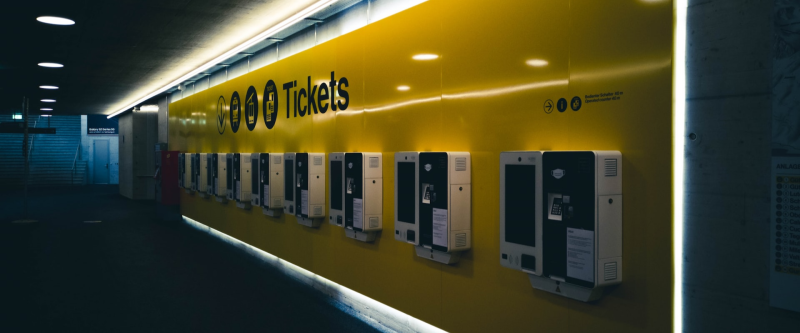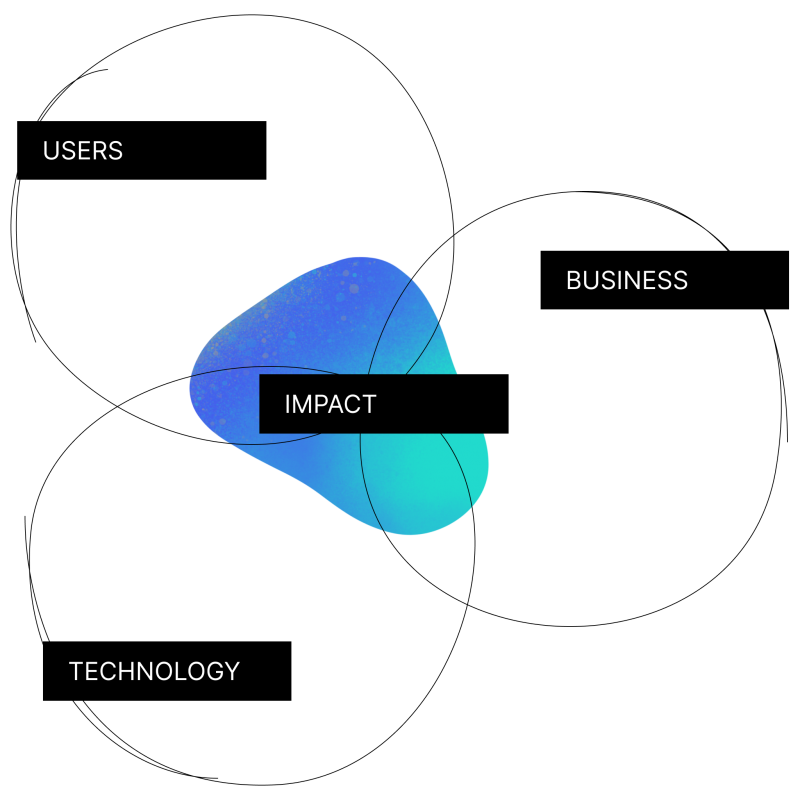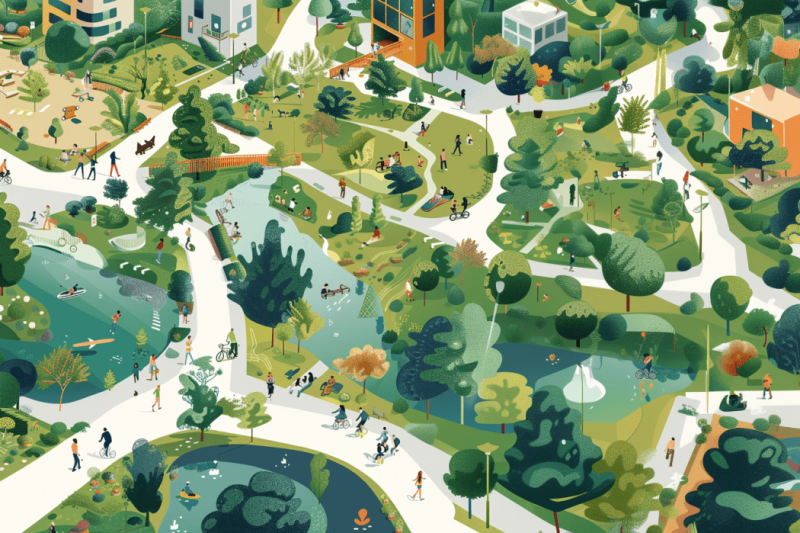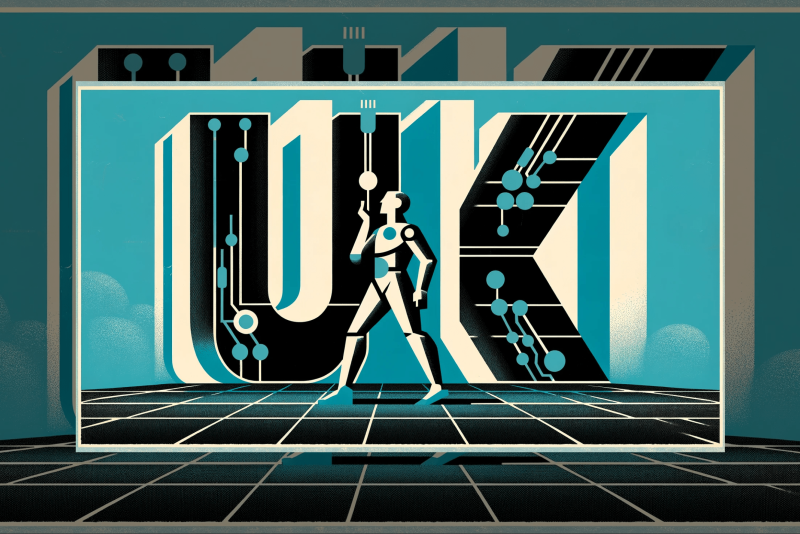Humility & User-Experience: An Interview with Josef Mayerhofer

This article is an adaptation of an interview with Josef Mayerhofer which appeared in Internet World.
What exactly is user experience?
Every product, every service, every interaction with a company means a new subjective experience for people – the user experience (UX). This includes, for a start, a user’s thoughts, emotions, and needs. The goal of UX designers is to improve the user’s experience. Generally, this means presenting complex systems in a way that is simple and tailored to the user, in order to get them to their desired destination as quickly and conveniently as possible.
What does user experience have to do with usability?
Usability is only a piece of user experience – it describes the experience of a particular user, during a particular use. To evaluate and improve usability, we look at the effectiveness and efficiency with which a user reaches their specific goal. For example, if I want to buy a train ticket at a ticket machine, good usability should mean that I get the correct ticket quickly and without any problems.

How is user experience different from customer experience?
The distinction between these two areas has been the subject of much debate in the past, and definitions have changed repeatedly over time. Many experience designers use “user experience” to describe the use of a single product or a single usage process, and use customer experience as a comprehensive view of how customers interact with a company. However, I think the distinction in the literal sense is more appropriate. Not every user is a customer, and not every customer is a user. Google Maps has paying customers (advertisers) and many users, but they don’t pay anything for the service. User experience is therefore a much broader term that includes everyone who interacts with a product in some way.
Today, people are increasingly talking about human-centered design. This term is neutral, inclusive, and very accurately describes that it is all about the human perspective.
Why is user experience important?
Good UX means that not only the users successfully reach their destination, but also that the company’s goals are achieved. Since users have the choice between different providers, in the end the subjective experience often decides which product they prefer to use. Because of this dynamic, user experience can greatly determine the success of a product, or even an entire company.
What is good user experience?
The best user experience reconciles user goals and business goals. Typically, the goals of these two stakeholders are different, and the job of a good UX team is to find the intersection and make both sides happy. I can watch a video on YouTube, but I have to endure a commercial. If both sides, me as a user and Google as a provider, are happy with that deal, the user experience is good. But that doesn’t mean you can’t improve upon it more, and make the user even happier.

Let’s outline the process of how companies can achieve good user experiences for their digital products.
Curious how we can help with your business cases? Get in touch for a non-binding consultation.
What steps are necessary to achieve this?
We design user experiences using an iterative, empirical process. Because we are constantly learning about our users, we can keep improving products.
In human-centered design, people are at the center of this cyclical process. The first and biggest step is research – to gain empathy and understanding of our users, to develop new ideas, and to test our own assumptions. We rely on techniques such as observation, interviews, testing, and competitor or substitute analysis. Throughout the process, we combine quantitative analysis (which tells us the What?) with qualitative research (through which we learn the Why?).
By bringing together our research, observations, and real-world insights, we can identify patterns and look for connections. A mature UX strategy combines business goals and user needs. Based on the research findings, we develop a customized strategy that serves as a guidepost in the design process. To measure the success of the strategy, we establish various KPIs.
The design process is always based on an efficient information architecture and a user-centered user flow. In iterative steps, we develop the design from mock-ups to the first clickable prototypes. Our decisions here are not arbitrary, but always backed up with data. Once a team completes this step, they can explore hypotheses accumulated in the project through experimentation and testing prototyping. We try to validate every possible iteration of our design – even the first, most basic ideas.
Regardless of what we design, prototyping is an important phase of the design process. Building and testing a prototype is a quick and low-risk way to iterate efficiently. By getting user feedback early, we can change direction and adjust the concept before a lot of money is sunk into development.
Feedback channels with users also remain open during the implementation phase. The goal of this phase is to produce a Minimum Viable Product (MVP). An MVP is the first version of a product that provides real value to users, but does not yet include all the planned functionality. From there, the product is expanded to include more features.
The launch is the best opportunity to collect and analyze large amounts of real user data. Methods such as A/B testing can be used to further optimize the user experience and increase conversions.

Would you call that “user experience management”?
Yes, setting up and managing this process is user experience management. Typical UX management activities include defining an organization’s UX design language and strategy, and managing the processes around UX design.
UX management can be understood as both a job title (UX manager) and an organizational activity. Although UX is the responsibility of a UX manager, it is important that the entire organization (and especially senior management) actively engage with users and their needs. To practice effective UX management, executives must ensure strategic alignment of team and processes, all of which are in the best interest of the product’s end users.
What recommendations can you give to achieve a good user experience?
The trick to user experience is listening. Human-centered design is also a collection of methods, but the most important thing is the attitude behind it. If you want to create successful products, you must first have the humility to recognize that your users have a different perspective. For smaller teams just getting started with HCD, I often recommend setting aside one day per month to invite users to interview or test. Larger organizations that already have a higher UX maturity level can benefit from implementing research ops. This involves putting processes in place that support extensive (user) research and amplify its impact within an organization.
How have the big tech companies and apps like Instagram changed the user experience?
Digital leaders like Apple, Google, and Spotify have deeply shaped user experience expectations. Big tech uses large teams of psychologists, designers, and developers to create understandable, and even addictive digital experiences. It’s no wonder, then, that consumers now apply these high standards to all manner of digital and even offline offerings.
Authors
Josef Mayerhofer

Josef Mayerhofer is CEO and Business Designer at Empatic – The Human Experience Company, as well as a lecturer at the University of Applied Sciences Technikum Wien. He shares his passion for the field of Human-Computer-Interaction as a consultant and author.


